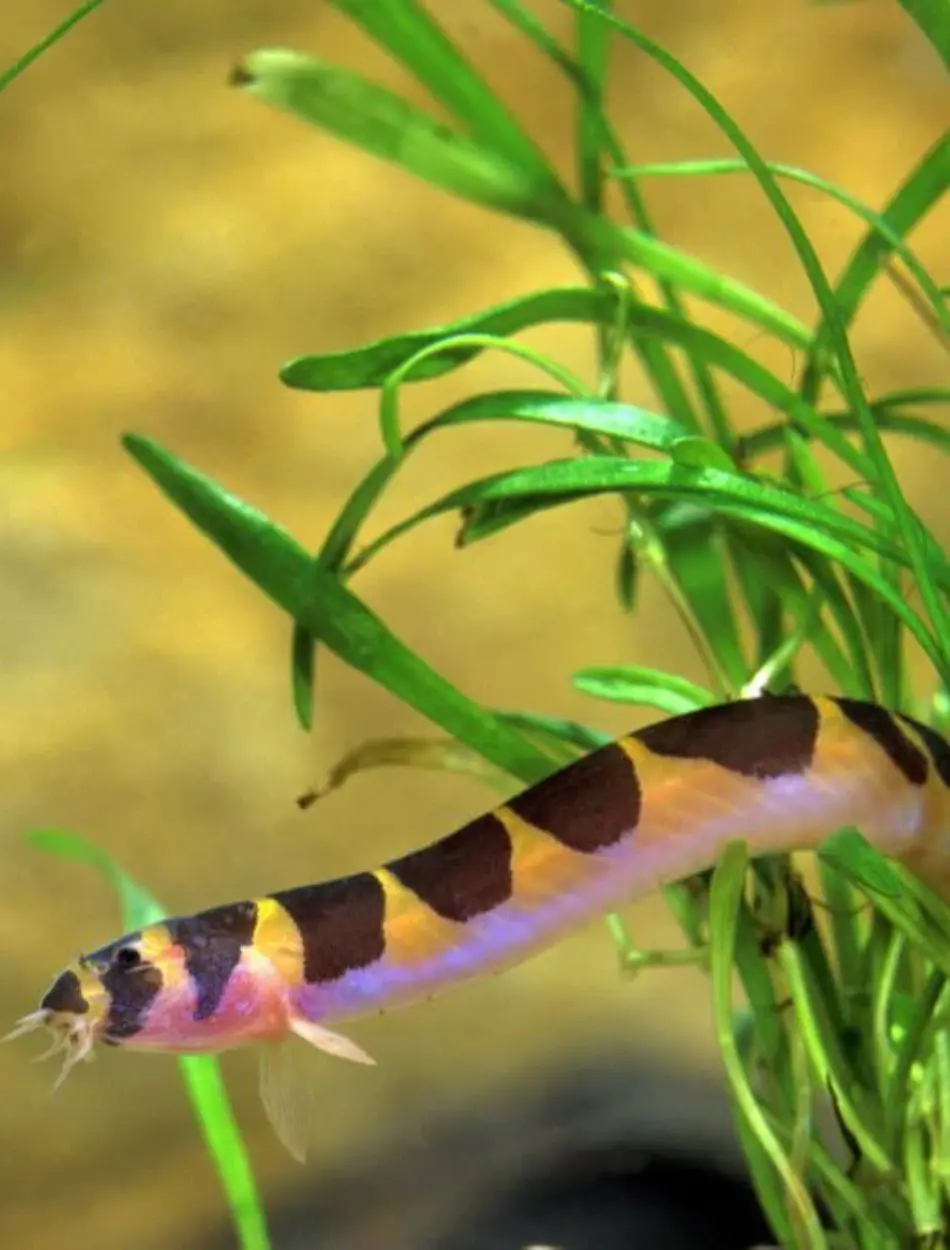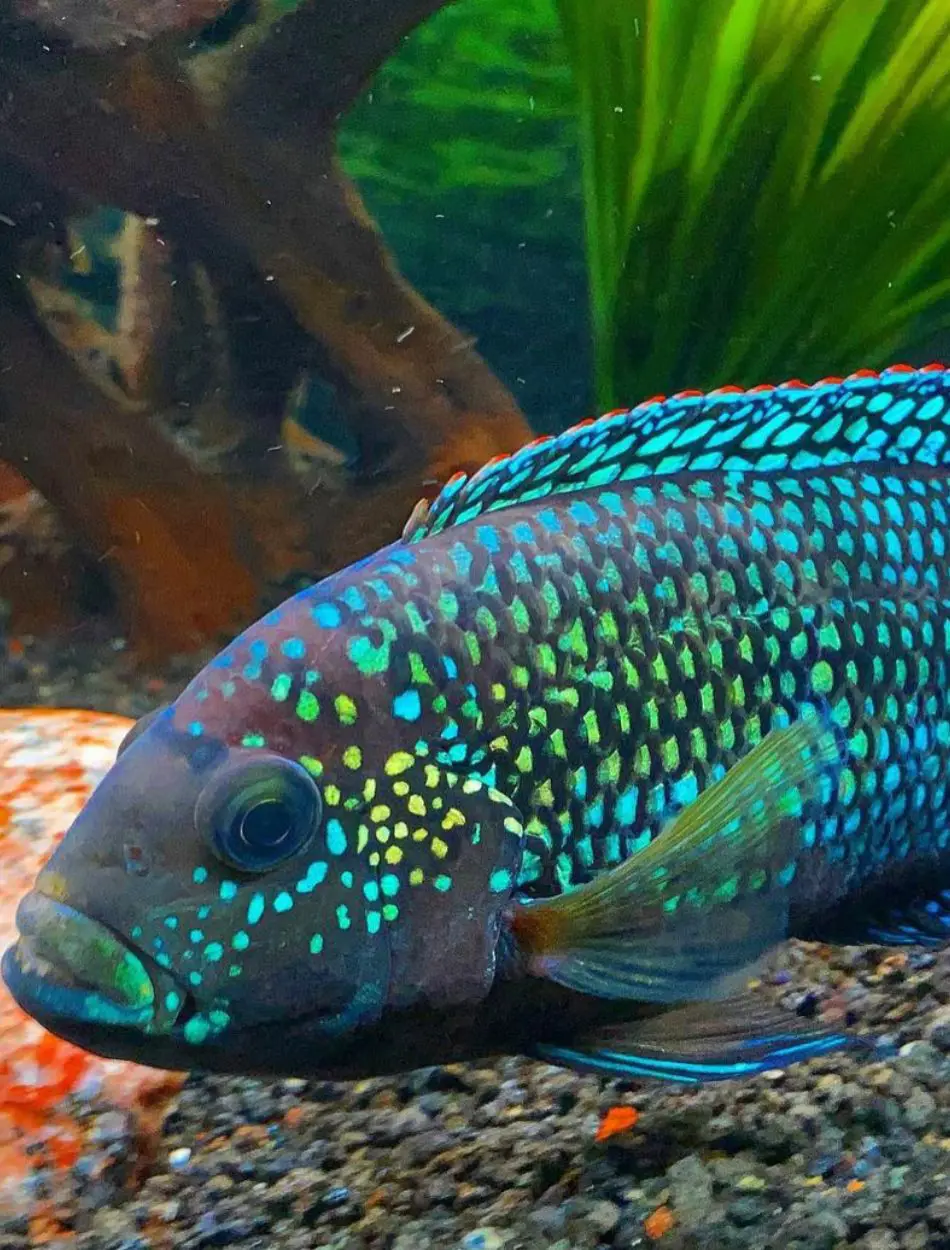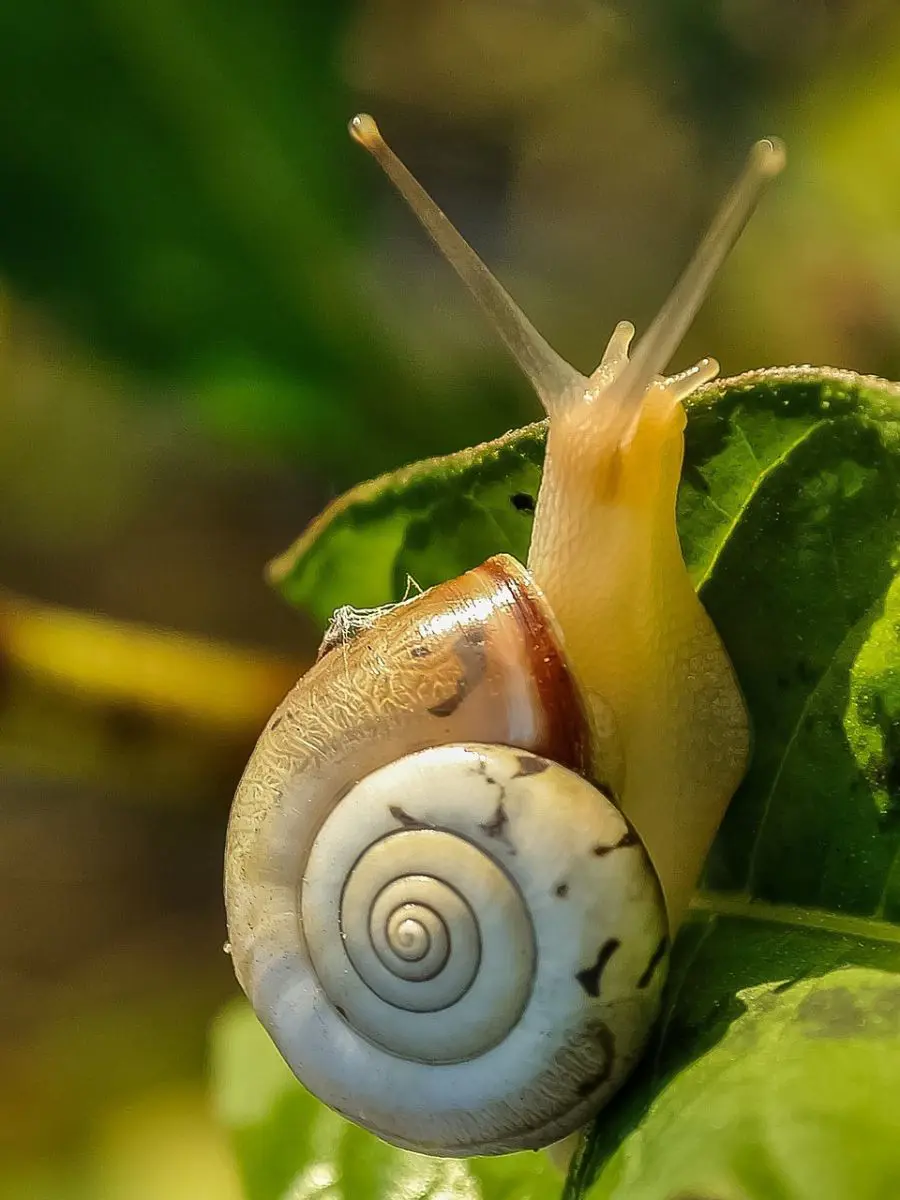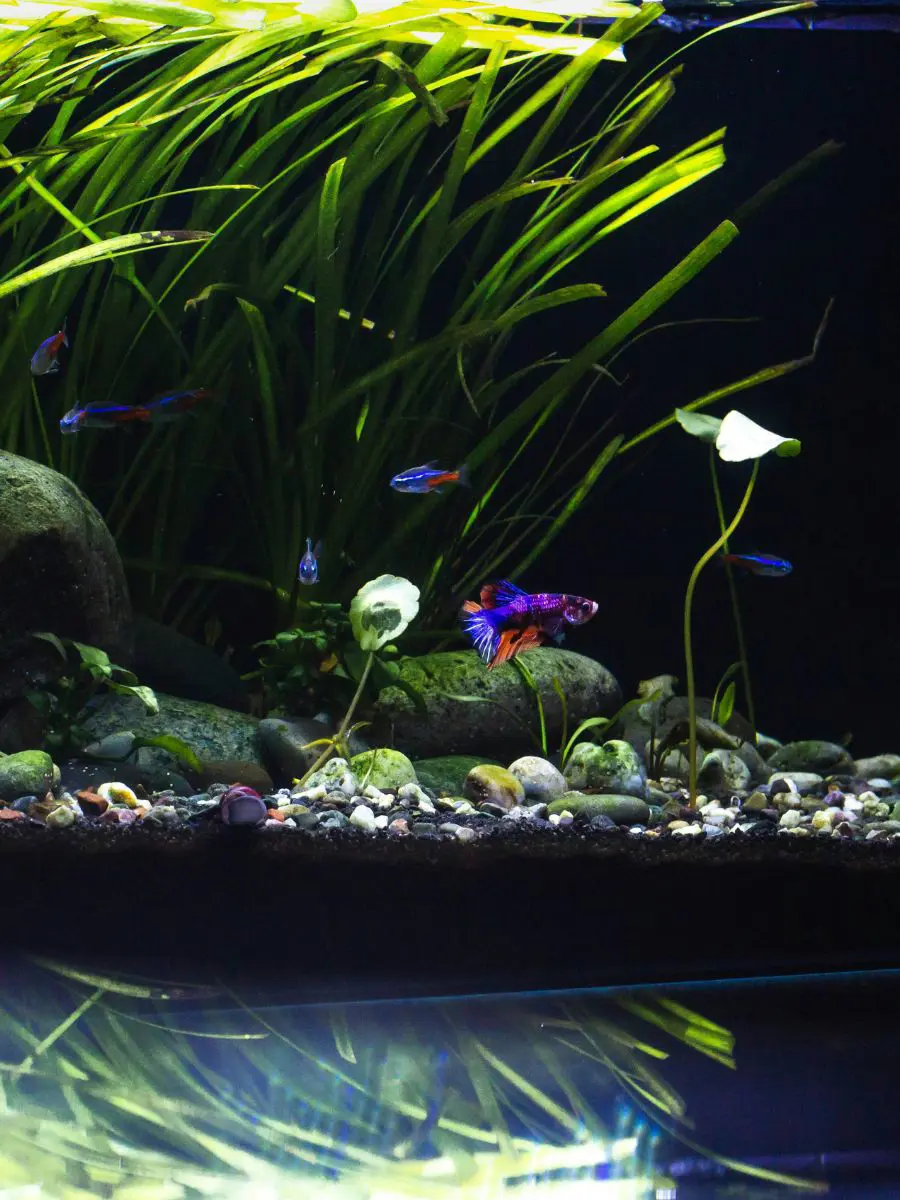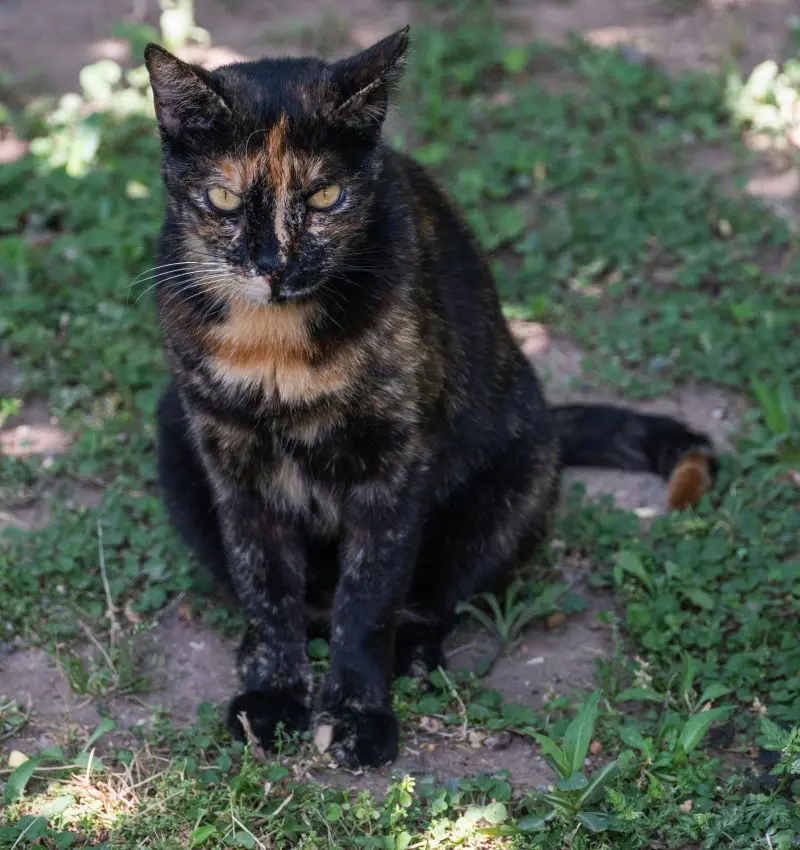20 Aggressive Fish Tank Species
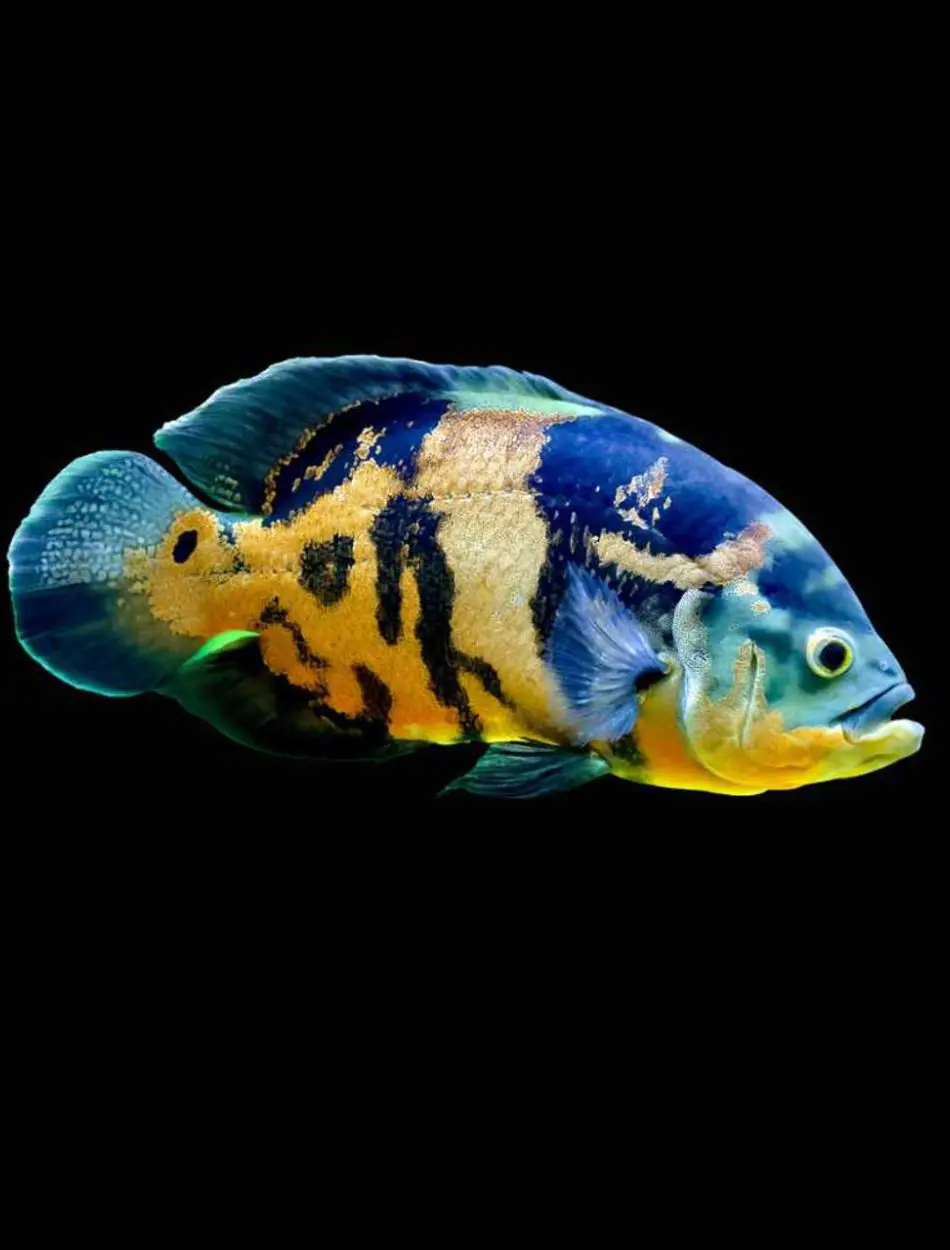
When setting up an aquarium, the right choice of fish species is indispensable since some fish have aggressive natures, which could breed conflict in a community tank.
These fish are known to be territorial and most of them require special care but they do spice up the atmosphere in an aquarium. However, proper management is key to avoid this causing danger to other inhabitants within the aquarium.
Understanding nature and how to care for such fish gives a basic grasp of how to be balanced in providing healthy surroundings. Let's look at some of the most aggressive fish species and what makes them so.
1. Red Devil Cichlid
Being a pugnacious fish, it was apt to call it the Red Devil Cichlid. This fiery fish with its flamboyant coloration is a possession of pride for any advanced aquarium hobbyist. They are perfect for the advanced aquarium hobbyist due to their bright colors, active character, and display of a dominant personality, they are considered prized possessions.
They are very territorial and always show aggressiveness toward other fish, mostly those in a small tank, so it's really important to place them in a very wide room with enough space to swim about and hide. Ensuring the happiness and health of a Red Devil Cichlid in your aquarium includes having a large enough aquarium and one with plenty of rocks and decorations for making territories.
2. Oscar Fish
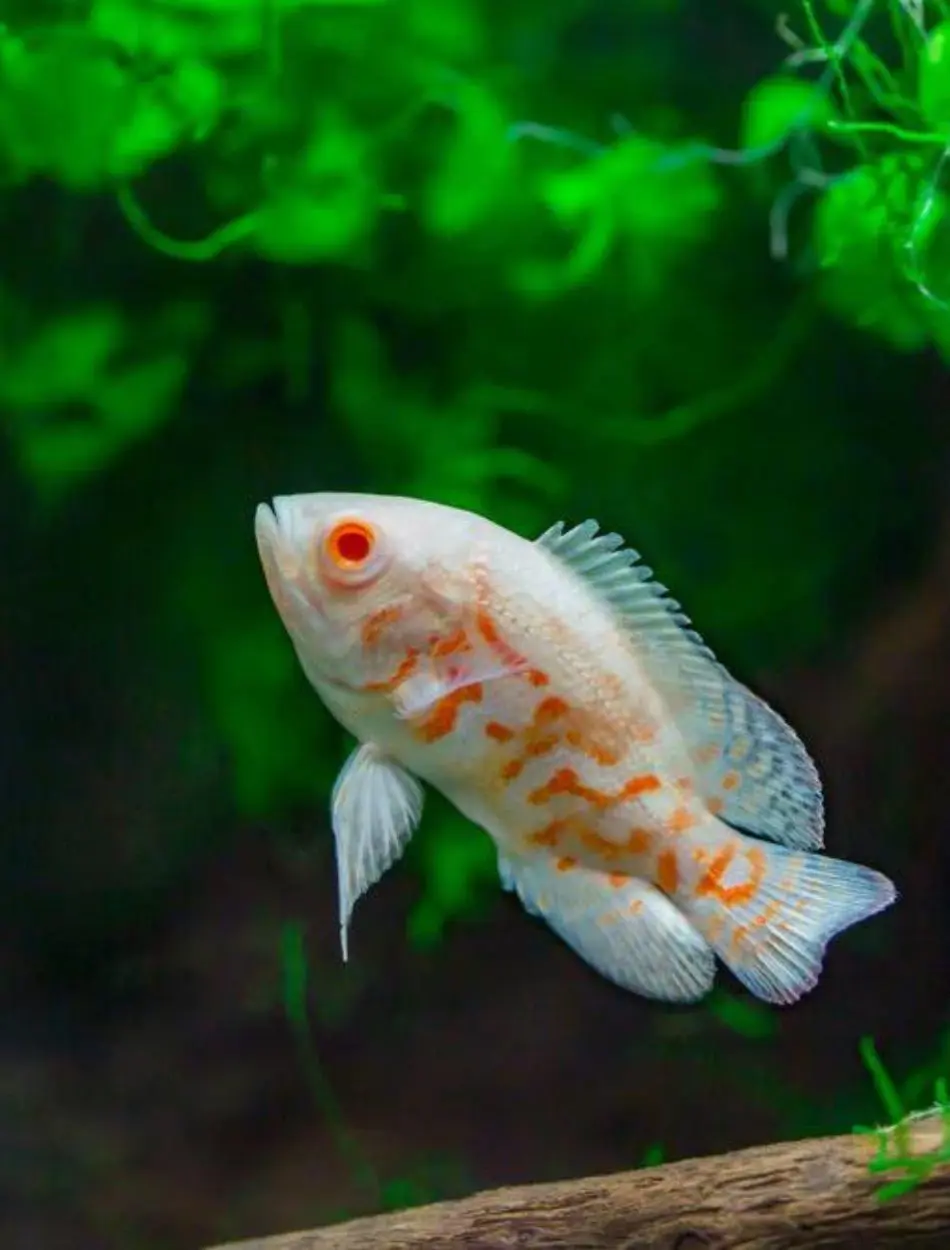
Oscar Fish are attentive, strong, and intelligent with respect to cichlid fish as they are among the most favorite aquarium fish. They are equally infamous for their aggression, especially at feeding time or in regard to feeling threatened within their territory.
They can recognize owners and even learn to take food from their hands, but they are very aggressive, which calls for very careful management of tanks. Oscar Fish are best kept in large tanks, with a recommended minimum size of 75 gallons, as they generally reach a size of about a foot in length. They are best kept with other large, robust fish that can hold their own in a tank.
3. Flowerhorn Cichlid
The Flowerhorn Cichlid is an extremely aggressive hybrid species with rather prominent features, including a large nuchal hump on its head, making it one of the most challenging but rewarding fish to keep for advanced aquarists.
They are very territorial by nature and will often act aggressively toward other fish, which in turn makes them a big dominant force in the aquarium, especially those of similar or the same size. Generally, they are best kept alone or with very large, sturdy tank mates, as aggressive tendencies can make them dangerous to smaller or more passive fish.
4. Jaguar Cichlid
The Jaguar Cichlid, also known as Managuense Cichlid, is a powerful predator with a striking pattern of dark spots, which resembles a jaguar coat, adding charm, though its aggressive nature makes it a challenging fish to keep. These cichlids are highly territorial and spare none of the tankmates of their wrath until breeding or defending space.
Keeping a jaguar cichlid will require a large tank over at least 100 gallons because this fish will grow quite large and is going to be in much need of space to maintain its territory. Because the Jaguar Cichlids are aggressively predisposed, they should be kept with other large and equally aggressive fish, primarily upstream, or housed alone.
5. The Dovii Cichlid
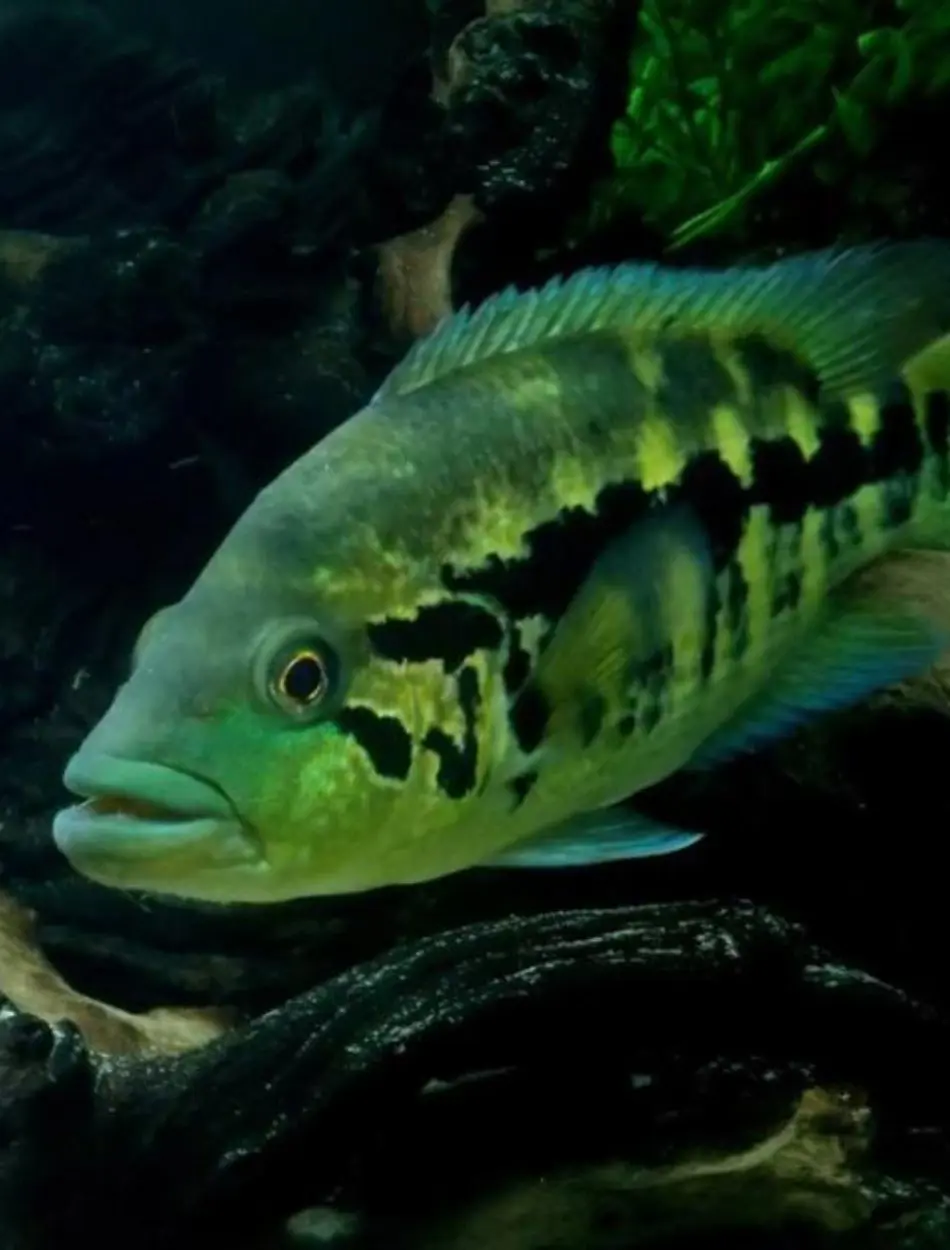
Also known as the Wolf Cichlid is one of the most aggressive and powerful freshwater fish, the name is derived from its carnivorous nature and fierce demeanor, making it a point of interest and challenge for advanced aquarists. They are known to be highly territorial in nature and would fight most other fish, biting them randomly at any given time that they barge into their territories.
One has to keep the tank heavily decorated with rocks or caves for hiding to minimize its stress, but care must be taken because these fish are powerful and will rearrange the tank's decoration to their liking. Largest and long lived Central American cichlids, such as Dovii, need to be kept separately or with other large and equally aggressive fish, who can face off on their own against a Dovii's powerful attacks.
6. The Green Terror Cichlid
It is a very attractive fish mostly green and blue but also very notorious for aggression, even more so in its breeding season, when it becomes highly territorial and protects its nest. In nature, these cichlids are highly combative against any other fish, particularly of similar size and appearance, making them the hard species to be kept in a community tank.
The Green Terror Cichlid should be housed in an aquarium that is well decorated with rocks, caves, and other decorations that may help in creating territories and reducing stress. This, in essence, means a tank of at least 55 gallons in capacity. This cichlid does best at all times if kept with other large and robust fish, which can equally be aggressive so it will need a very keen observation and management.
7. Jack Dempsey Cichlid
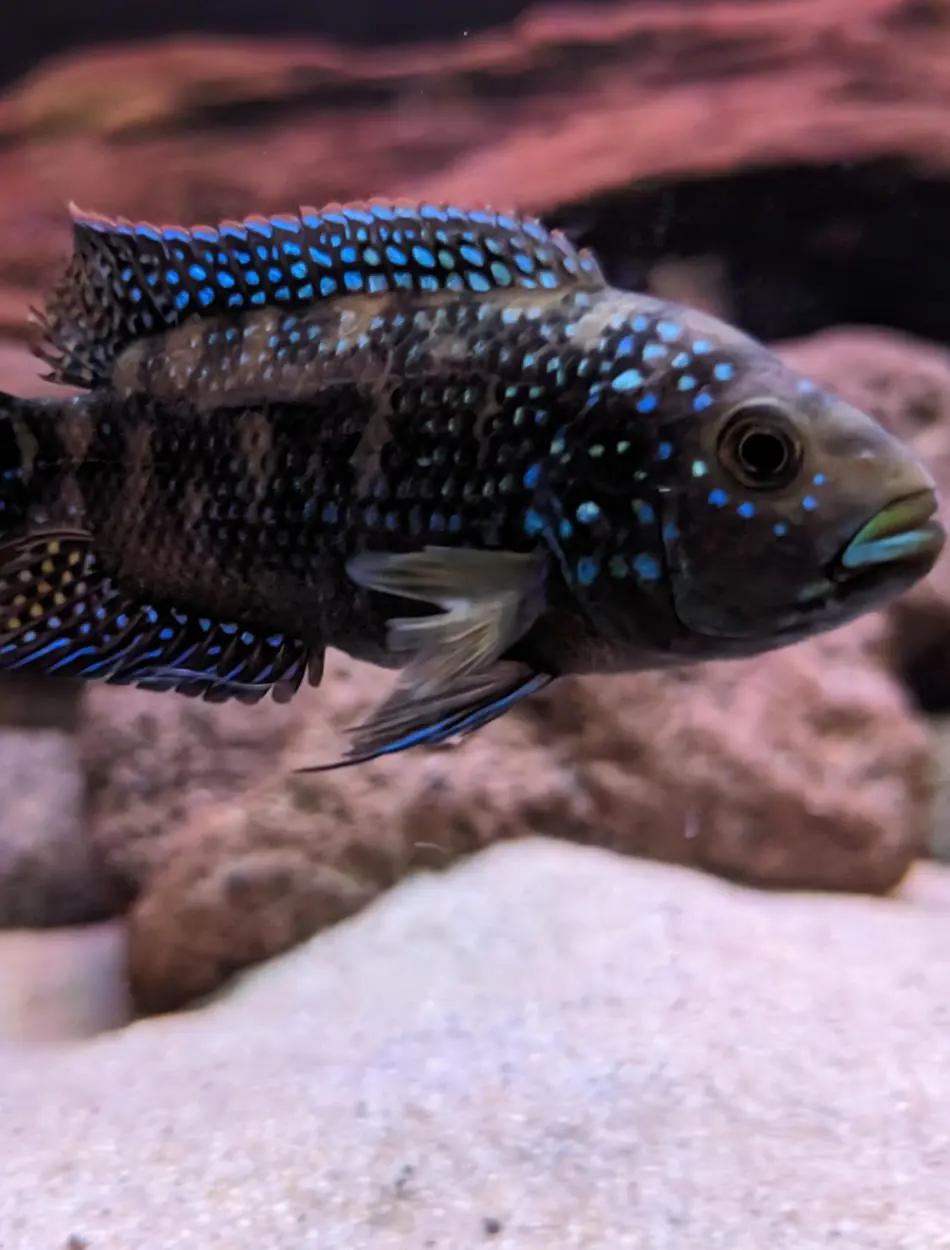
The Jack Dempsey Cichlid is one of the most popular fish due to their iridescent colors and aggressive nature. That is why this species is loved by many aquarists who enjoy keeping cichlids. These fish are territorial and may show much aggression, particularly when they feel that they have been intruded upon.
The successful keeping of a Jack Dempsey Cichlid requires space in the tank, at least 55 gallons, with plenty of places to hide and different territories created by rocks and decorations. They can be also kept with other big sized equally aggressive fish but, again, there is an urge for them not to overstock the tank since overstocking the tanks results in increased aggressive behaviors.
8. Convict Cichlid
The Convict Cichlid is small but a very aggressive fish with a black and white striped pattern like that of a prisoner's outfit. Their territoriality and aggressive nature make these little cichlids famous, especially in times of breeding, when they fiercely defend their nest and fry against all other fishes. This makes them one of the more challenging species to keep in a community tank.
Convict Cichlids can be kept in an aquarium if there is an available space with lots of rocks, caves, and other decorations for them to have a place to hide and also establish some territoriality. These fish are great when kept with other similar sized fish that are as aggressive, but they can also be kept in a species only aquarium to be able to minimize conflicts.
9. Texas Cichlid
The Texas Cichlid is imposing and an extremely aggressive fish that has a bright, iridescent blue coloration over most of the body, marked with pearly white spotting that gives a real visual appeal in the aquarium but is also challenging to maintain. These cichlids are highly territorial and most of the time attack any other fish, especially those of similar size or appearance.
Successfully keeping a Texas Cichlid requires a big aquarium of about 75 gallons or more, with plenty of places to hide and establish territory that needs to be provided with rocks and other ornamentation. These cichlids should be kept with other large fish that are just as aggressive, but care should be taken not to overcrowd the tank with too many fish as this raises aggression.
10. Mbu Pufferfish

Mbu puffer fin is a very special type of fish that has a remarkable feature of puffing up its body for protection and is quite aggressive and territorial hence not suitable for a community aquarium. These pufferfish are known to be very territorial and will attack other fish that they find in their vicinity they make very good pets that must be well handled to avoid fights among the fish.
For maintaining a Mbu Pufferfish, it is important that one has a very large tank, at least 125 gallons as these fishes are comparatively larger and need ample of space to move around and also mark their territories. This enables the territorial organization and reduction of stress within the tank and the tank should be furnished with numerous hide-out and ornaments.
11. Zebra Tilapia
Zebra Tilapia, scientifically referred to as Tilapia buttikoferi is a large fish that comes with a black and white zebra like pattern on its body making it an eyesore in any aquarium tank but characterized by the high level of aggression and hence hard to tame. These cichlids are very territorial as well and they are likely to chase other fishes that resemble them or those that are of a similar size.
If one really want to undertake a Zebra Tilapia, then one needs to have a large tank, preferably not less than 75 gallons, that should contain lots of hiding areas and territories formed by the rocks and other decorations. These cichlids are suitable to be kept together with other large fishes of the same temperaments to ensure that there are no cases of intimidation of the fishes in the tank but it should be noted that overcrowding the tank triggers more hostility.
12. Frontosa Cichlid
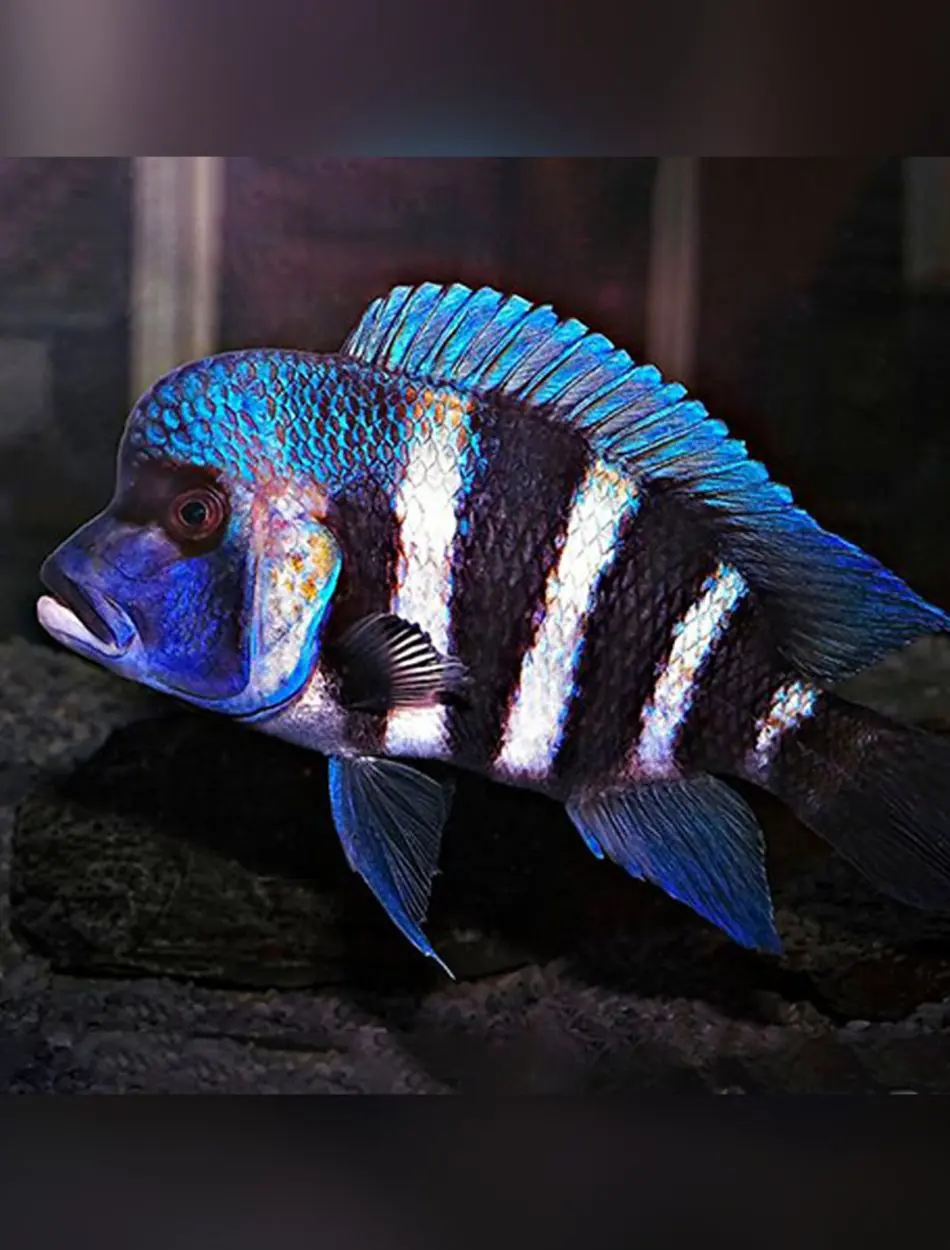
The Frontosa Cichlid is a very unique and stately fish boasting a large forehead hump and a very elegant swimming style but it is also known to be quite territorial in nature, especially within a confined environment.
While these cichlids are fairly less aggressive and much more passive than most other species of fish, they are considerably territorial, especially during the breeding season, at which time they can become aggressive toward other fish. They are best maintained in consignments of six or more members, with one male to several females, to reflect the structure common in nature and reduce aggression.
13. Peacock Bass
The Peacock Bass is a large, aggressive predator fish that is awaited by advanced aquarists for its exciting colors and powerful build. Their strong predatory instinct makes them difficult to keep with other species in the community tank because they usually prey on smaller fishes.
These can be kept comfortably if your tank is adequate with strong filtration and plenty of swimming space, including refuges of rocks and plants to reduce stress. The Peacock Bass are to be kept with other large and hardy fish that can put up with them being highly aggressive. Small and passive fish are to be avoided since they may easily become prey.
14. African Butterfly Fish

The African Butterfly Fish is a rare species, recognized by its wide, winglike fins that enable it to glide just beneath the water's surface. Despite its delicate appearance, this fish can be quite aggressive, particularly toward the smaller fish, which it may view as prey.
The care of the African Butterfly Fish can be accomplished in the aquarium given there is much surface area and a tank size of at least 30 gallons, and these fish tend to stay near the top of a tank. The aquarium should be well-covered, as Butterfly Fish are jumpers, and include some sort of floating plants or other decorations to provide cover and help reduce stress. While they can be kept with other fish of similar size, they are best avoided with small or timid fish, as they may well harass or eat these.
15. Black Wolf Fish
The Black Wolf Fish is an awesome and very solitary predator with strong jaws and aggressive behavior. It is not the most common fish to keep in the aquarium because of its nature. These are very territorial fish that spend much time attacking and bullying other fishes, especially those of similar size or appearance.
They are best kept solitary or with other large, robust co-inhabitants of the tank that can put up with them. The tank should be well-secured, as Wolf Fish are notorious jumpers also food you provide should be varied in order to keep them healthy and with a maintained predatory instinct.
16. Clown Knife Fish
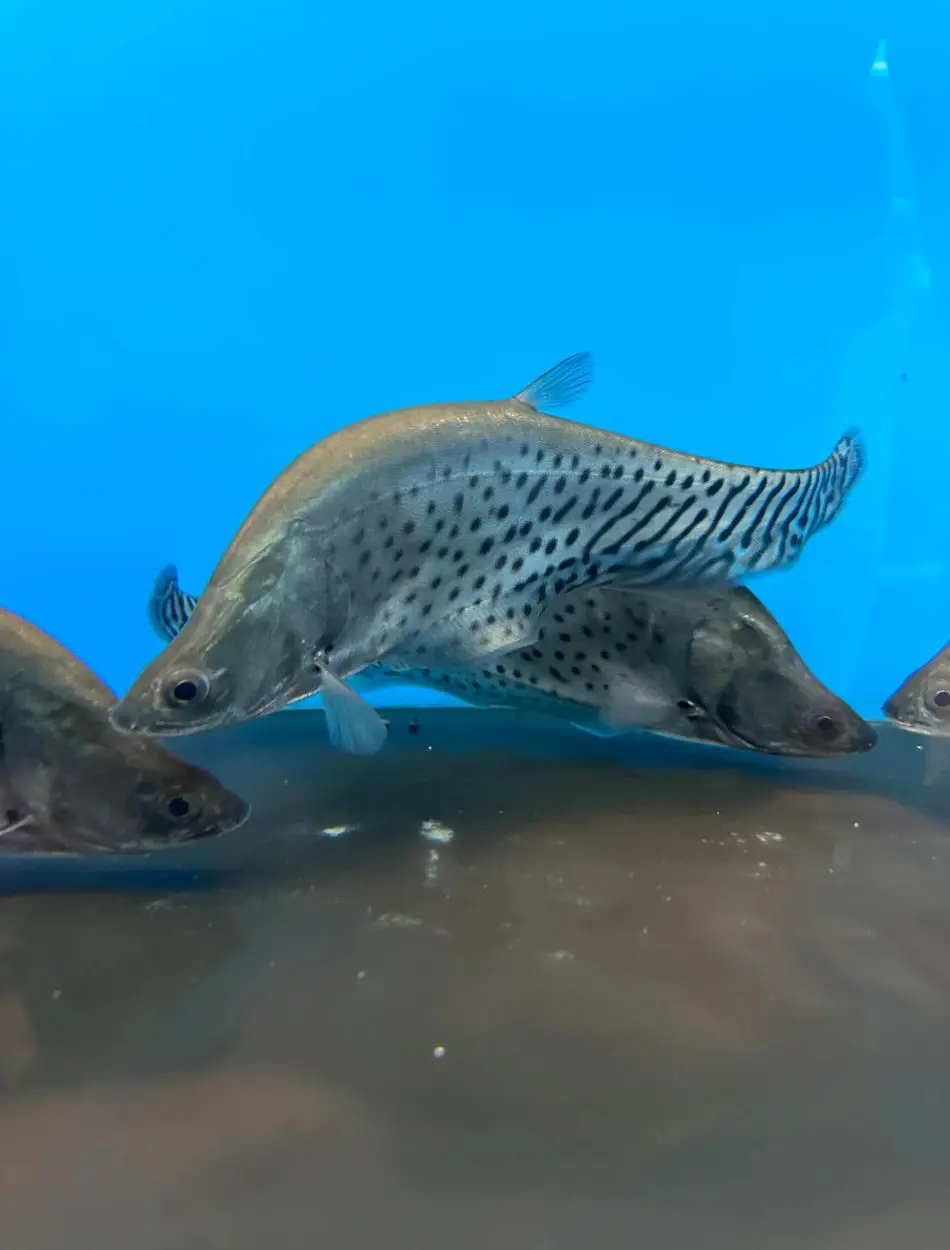
The Clown Knife Fish has an elongated body, with specific spots often in the shape of a knife blade. This species can be territorial and especially aggressive in confinement, with other species normally being targeted. The fish are nocturnal predators and often feed on other, usually smaller fish. They are generally difficult to maintain in one community tank with other species.
Their tank has to have strong filtration with plenty of space to swim since these fish grow so big, most longer than two feet in length. Clown Knife Fish are to be kept with large and robust fish that will not take their aggressive nature seriously, but smaller or more passive fish must be avoided, since they may look upon them as fair game.
17. Redtail Catfish
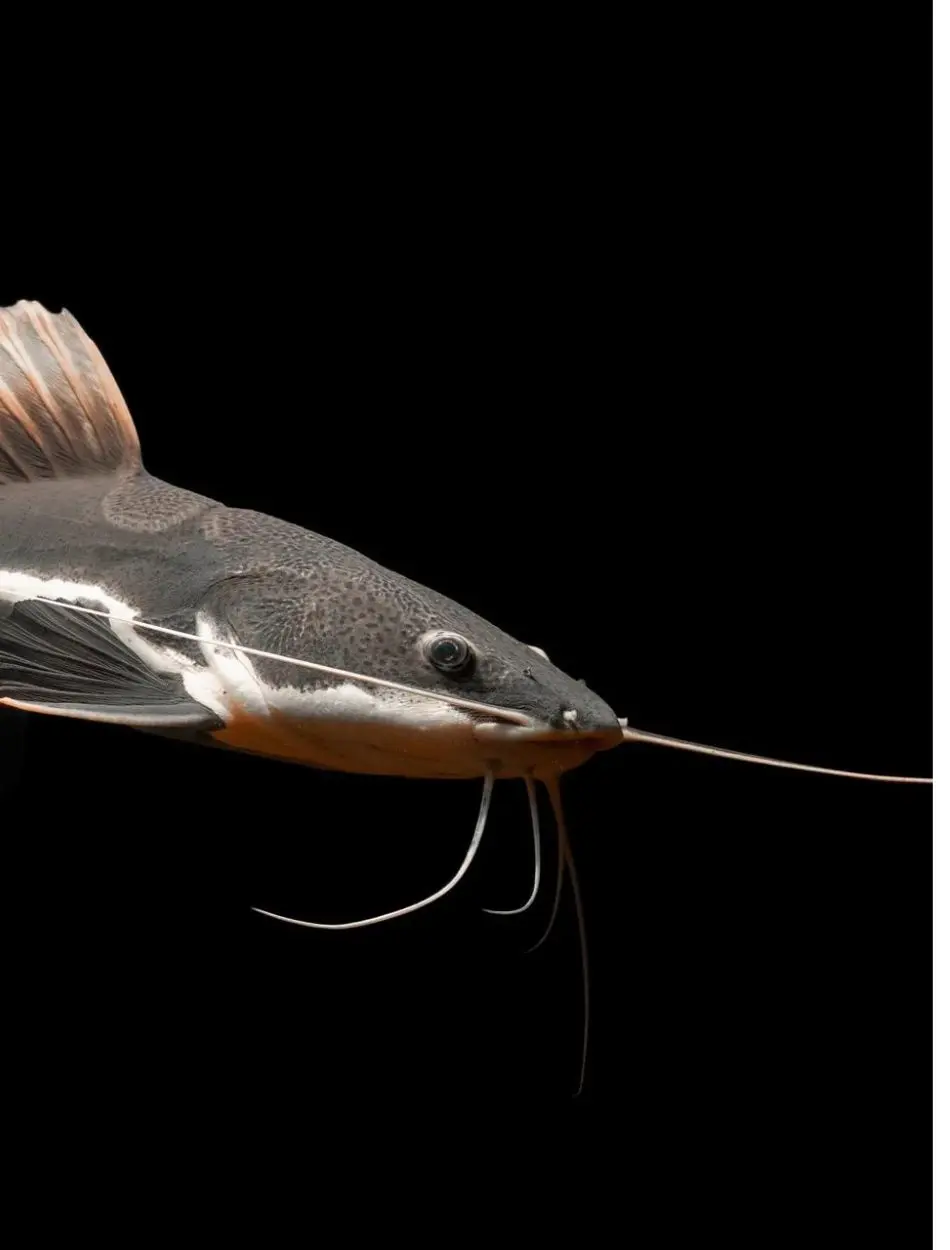
One of the most well-known large and powerful species, the red tail is a showstopper with its striking red tail and voracious appetite, but the violent and territorial behavior that comes into play when the fish feel threatened or that their space has been invaded secures them a spot on the list.
These fish are natural predators, attacking or devouring smaller species, making them less than a straightforward community tank keeper. The tank should be well secured because these are really strong fish and might jump if threatened. The Redtail Catfish should be kept with other large, forceful fish that are capable of dealing with its aggressive nature and will appreciate a wide and varied diet to keep it in optimal health and its predatory instinct.
18. Tiger Shovelnose Catfish
The Tiger Shovelnose Catfish is striking and powerful; its most noted characteristic is the elongation of the body and striped pattern that resembles a Tiger. However, besides this, it is also known to be violent and predatory, especially toward small fish.
This catfish species prefers hunting small fish or invertebrates and is nocturnal so it is next to impossible to maintain other species together with the Tiger Shovelnose Catfish within the community tank. Tiger Shovelnose Catfish are best kept with other large and aggressive tankmates that can handle their nature, but not smaller or more passive fish that will become food.
19. Wolf Cichlid
The wolf cichlid, also known as dovii cichlid, belongs to a class of freshwater fishes that happen to be the most aggressive and powerful; by nature, predators. Fierce by nature, this makes it a favorite for advanced aquarists since it presents them with a challenge.
These cichlids are very territorial, and it would immediately assault any fish that enters its space so they should be kept alone or in the company of other large, similarly aggressive fish that can stand up for themselves against the Wolf Cichlid's formidable attacks.
20. Bumblebee Cichlid
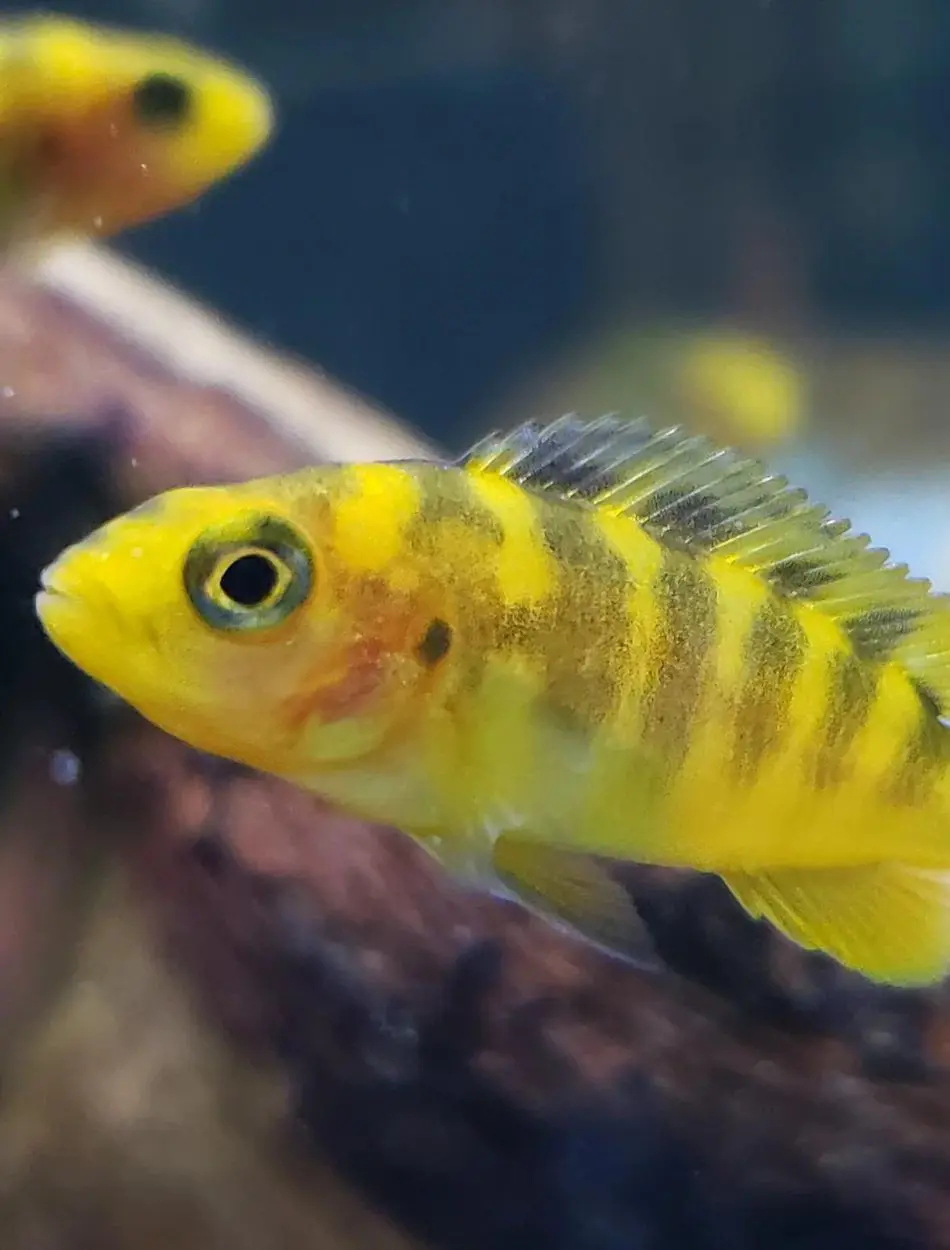
The Bumblebee Cichlid is a small, aggressive freshwater fish, largely black and yellow striped, taking after the namesake insect-the bumblebee. It is a good addition to any aquarium, given its striking coloration, but it is not for the soft hearted aquarist because this species of fish is more aggressive.
These are highly territorial and will be found attacking other fishes often, much like those of similar size or appearance. Bumblebee Cichlids are hardy, easy to care for, and are recommended for the intermediate aquarist prepared to manage their aggressive tendencies.
Recent posts
Fish
Why Is My Fish Tank Cloudy?
Cloudy fish tanks can be frustrating for any aquarium owner. Especially if one has put in the necessary effort to accomplish a beautiful underwater setting. Whether you are an inexperienced aquarium holder or one of the pros, cloudy water may be the ...
20 Long Freshwater Fish For Aquarium
Having a range of long, gorgeous fish in your freshwater aquarium can make it an immensely fulfilling experience. Choosing the right fish is the first step to an exciting freshwater aquarium, and long freshwater fish are among the best options. ...
17 Cichlid Tank Mates For Your Aquarium
Cichlids are one of the diverse and captivating freshwater fish that are known for their vibrant colors. They are found in tropical America, mainland Africa, Madagascar, and southern Asia. These freshwater fish have elongated streamlined bodies...
Ramshorn Snails Care Guide And Tank Mates
Ramshorn snails, familiar to the family Planorbidae, are an absorbing group of freshwater gastropods. They thrive in a variety of environments from clean to moderately polluted waters. Despite being considered a pest snail by many, the ramshorn...
Scarlet Badis Fish Profile And Tank Mates
Scarlet Badis are among the most fascinating and rewarding species to keep in a home aquarium. Especially for the aquarists who will go the extra mile to suit their needs regarding proper care and raising. In terms of their bright coloring, intriguin...
Do Betta Fish Need a Filter?
Siamese fighting fish, also known as bettas, are arguably the most widely kept beautiful freshwater fish for a home aquarium. Similarly well known are the preservation practices for these vibrant, frilly-finned pets, which are concerned with, of cour...

